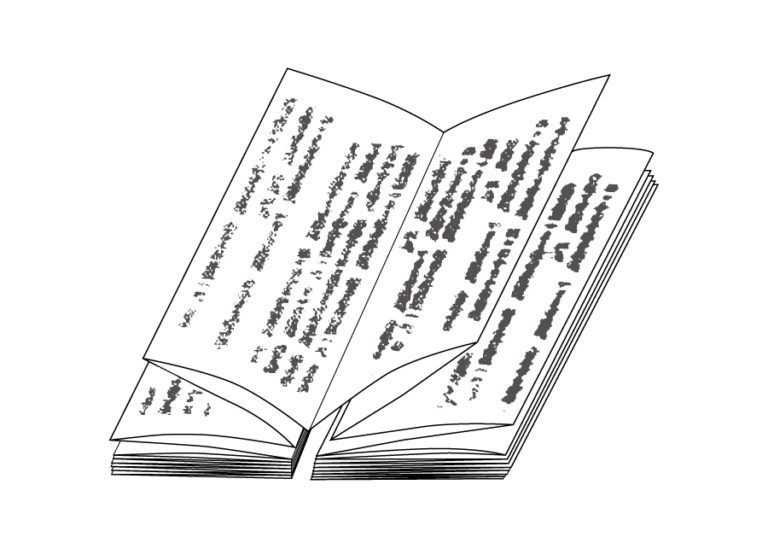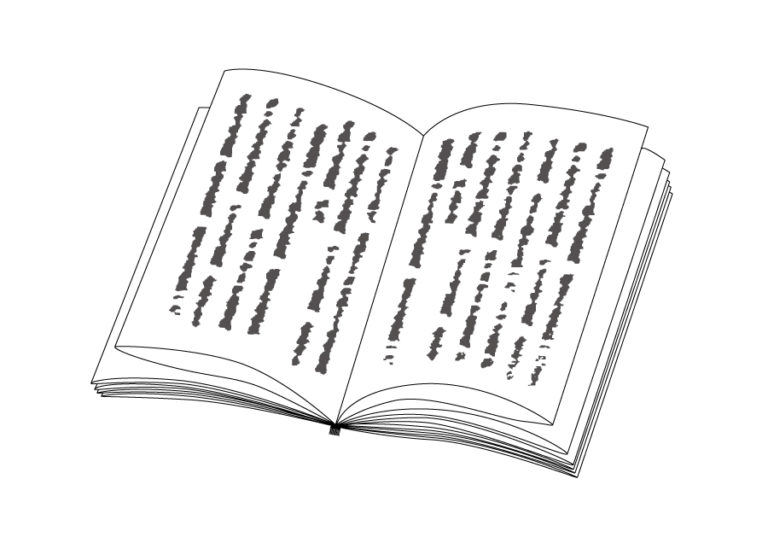Home / Creative Arts & Media / Writing / The Art of Washi Paper in Japanese Rare Books / 5 different Japanese bookbinding styles
This article is from the free online
The Art of Washi Paper in Japanese Rare Books


Reach your personal and professional goals
Unlock access to hundreds of expert online courses and degrees from top universities and educators to gain accredited qualifications and professional CV-building certificates.
Join over 18 million learners to launch, switch or build upon your career, all at your own pace, across a wide range of topic areas.

 Kansusō
Kansusō Orihon
Orihon Decchōsō
Decchōsō Tetsuyōsō
Tetsuyōsō Fukurotoji
Fukurotoji
 Book types and binding methods
Book types and binding methods






